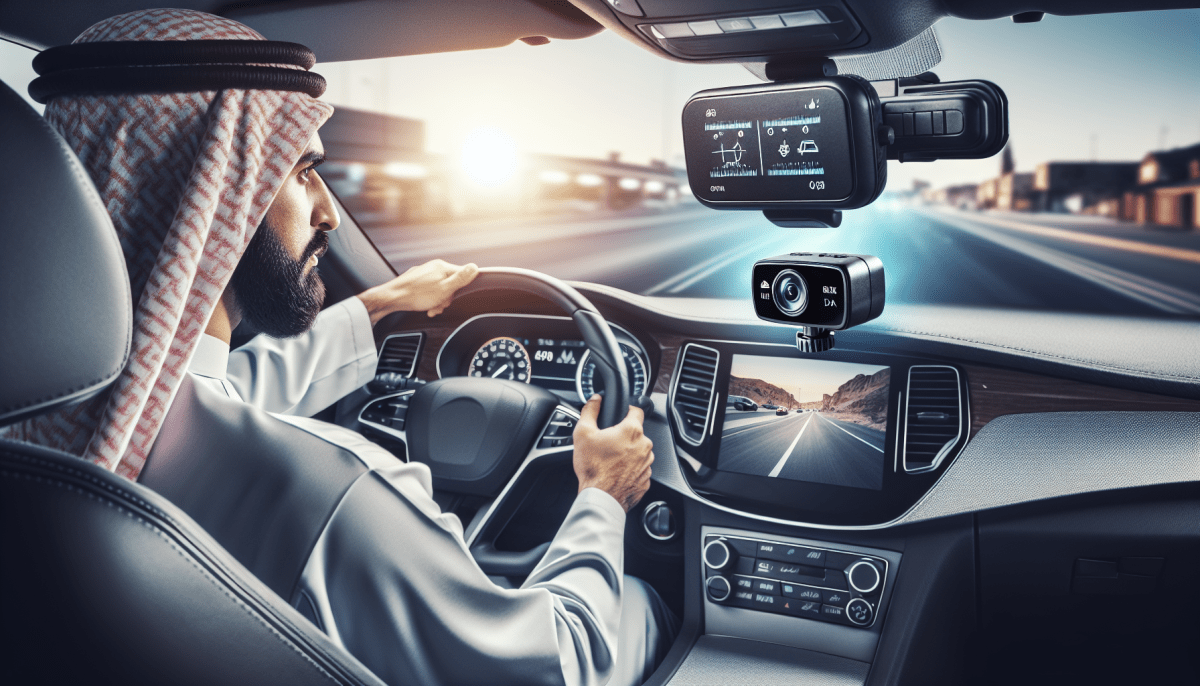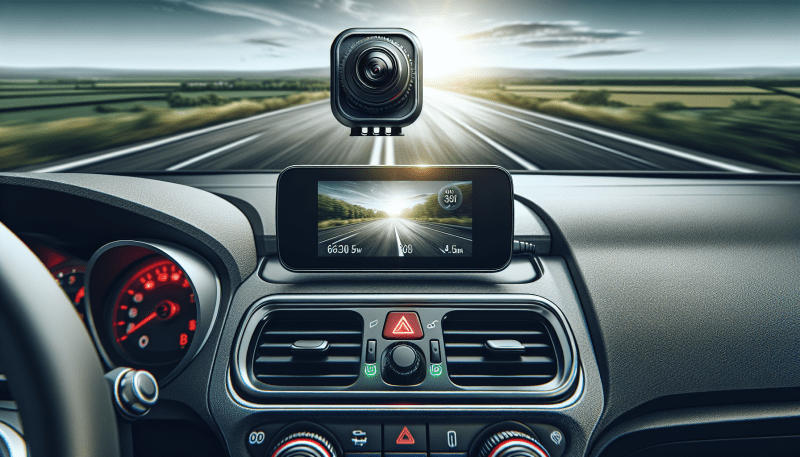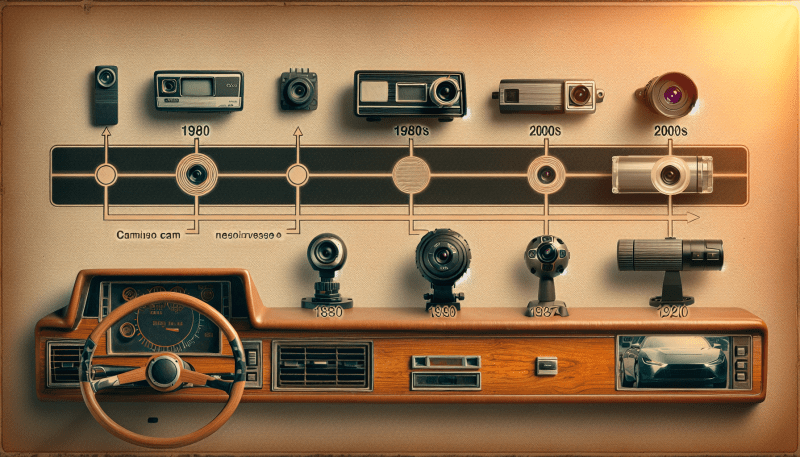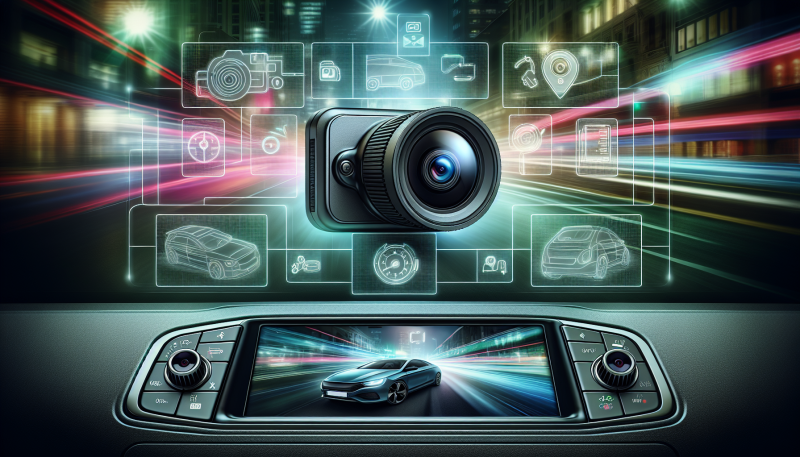Dash cameras, or dash cams, have become increasingly popular among drivers for good reason. One of the most significant benefits of using a dash cam is the added security it offers. In the event of an accident, having video footage can provide crucial evidence to support your version of events. This can be especially important in disputed claims, where insurance companies may question who was at fault.
Another important benefit is the peace of mind that comes with knowing you're being recorded. Many drivers feel more secure when they know that their travels are being documented. This can deter reckless driving behavior from other motorists, as they may think twice about their actions if they know they’re being recorded. Additionally, some models come equipped with advanced features such as GPS, which can track your speed and location, further enhancing the security of your driving experience.
Dash cameras can also play a crucial role in protecting against insurance fraud. There are instances where individuals stage accidents to claim damages from unsuspecting drivers. With a dash cam in place, you have solid proof that can help protect you from false accusations and potentially save you money on insurance premiums or legal fees in the long run.
Aside from the serious advantages, dash cams can serve as a fun way to capture your journeys. Whether it’s a memorable road trip or scenic views from your daily commute, having a dash cam allows you to record and relive those moments. This can be a great way to share your experiences with friends and family, showcasing your adventures and highlighting interesting sights along the way.
Key Features to Look For
When considering a rear view car dash camera, there are several key features that can enhance your safety and improve your overall driving experience. These features not only provide clearer footage but also ensure that you're prepared for any unexpected incidents on the road.
First and foremost, look for high-definition video quality. A camera that offers at least 1080p resolution will capture clear, detailed footage that can be invaluable in the event of an accident. This clarity ensures that important details, such as license plate numbers or road signs, are easily identifiable when you need them most.
Another important feature is a wide-angle lens. A camera with a wide field of view can capture more of the surrounding area, reducing blind spots and providing better visibility of what's behind you. This is particularly useful for parking or reversing maneuvers, where every angle counts for preventing accidents.
Additionally, consider a rear dash camera with night vision capabilities. Many incidents occur during low-light conditions, and a camera with this feature will ensure that you have a reliable view even in the dark. This technology typically uses infrared sensors to provide a clear image, helping you to see and respond to potential hazards, day or night.
Finally, built-in GPS tracking and time stamps can be incredibly beneficial. These features allow you to record the exact location and time of an incident, which can provide crucial evidence in the case of insurance claims or disputes. Look for cameras that integrate seamlessly with your smartphone or provide easy access to stored footage, making it simpler to retrieve important information when you need it.
Installation Tips for Your Camera
Installing your rear view car dash camera can be a straightforward process if you keep a few tips in mind. First, choose the right location for your camera. Ideally, it should be mounted on your rear windshield, centered to capture the best possible view of what’s behind you. Make sure it is securely attached and won’t obstruct your view through the rearview mirror.
Next, check that the camera’s lens is clean and free of any obstructions before you install it. Dirt or smudges can interfere with image clarity. It’s also essential to consider the angle of the camera. Ideally, it should be angled slightly downward to get a clearer view of what's directly behind your vehicle.
When routing the power cable, keep it tucked away to prevent it from becoming a distraction while driving. You can usually run the cable along the edges of the windshield and into the car’s interior. Make sure the cable is secure, and consider using adhesive clips to keep everything in place.
After installation, don’t forget to test the camera. Start your vehicle and check the video feed to ensure it’s working properly. Adjust the angle if necessary to capture the best view. It may take a little bit of tweaking, but a well-positioned camera can significantly enhance your safety on the road.
Best Practices for Safe Driving
Driving safely is essential for everyone on the road, and incorporating best practices can dramatically reduce the chance of accidents. Keeping a safe following distance is fundamental. You should always be at least three seconds behind the vehicle in front of you. This distance gives you ample time to react if the vehicle suddenly stops or slows down. When driving in adverse weather conditions, consider increasing this distance for added safety.
Another key practice is to always remain aware of your surroundings. Avoid distractions, such as texting or adjusting the radio while driving. Using a rear view car dash camera can help you maintain awareness of what’s happening behind you, giving you an extra set of “eyes” on the road. This added visibility is especially helpful in busy traffic situations or when changing lanes.
Ensure that you regularly maintain your vehicle. Good brakes, functional lights, and properly inflated tires are crucial for safe driving. Before you hit the road, it’s wise to check these essential components. Regular vehicle maintenance combined with a dash camera can not only help prevent accidents but also provide evidence in case something happens on the road.
Lastly, always buckle up and encourage your passengers to do the same. Seat belts are a simple yet effective way to protect everyone in the vehicle. With a dash camera, you will have a record of your driving habits and can review footage to learn from your mistakes, further enhancing your road safety awareness.



